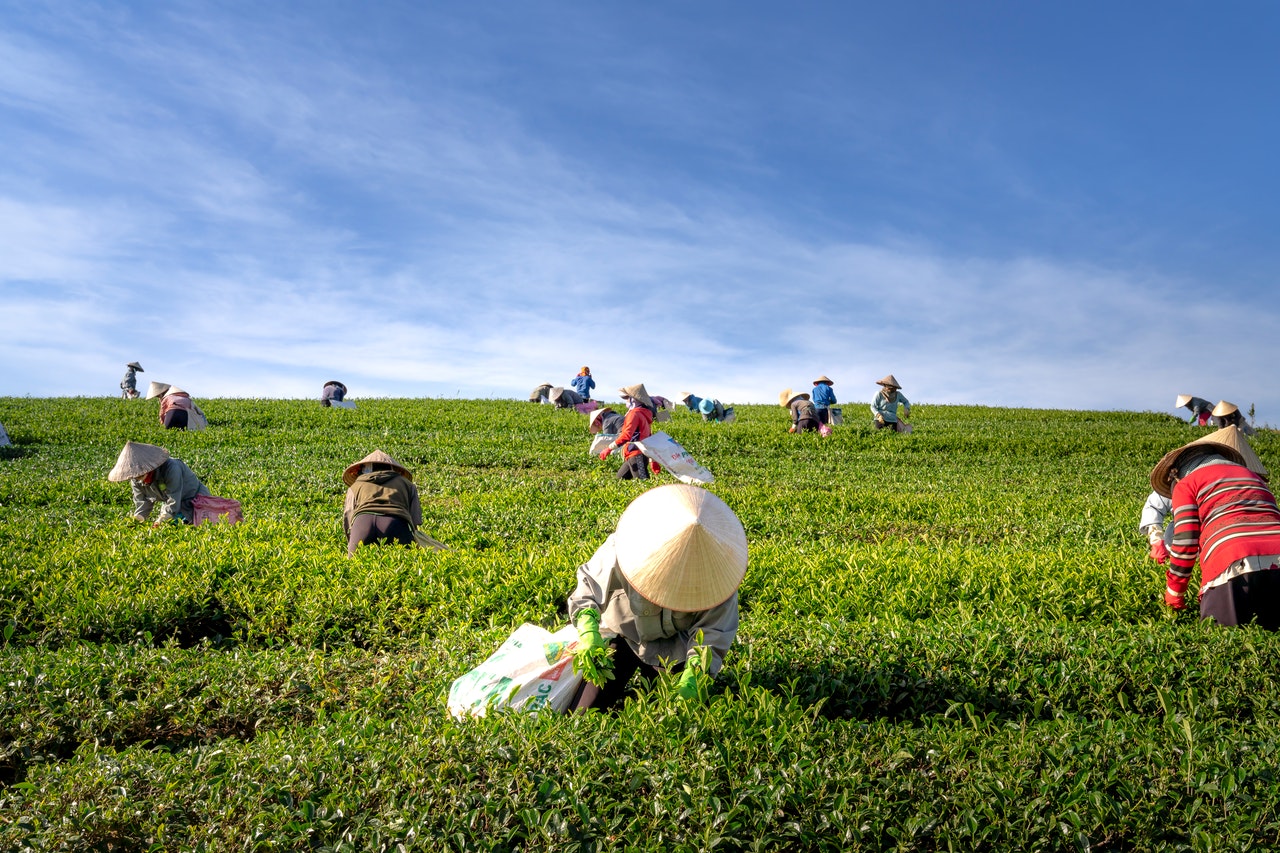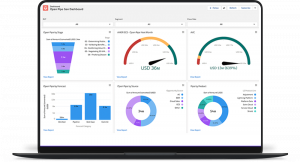If we’re to really think about it, it’s not surprising that some farming practices are prevailing even in the 21st century. We still plan our crops along with the seasons to generate more successful yields. Many of us still plant and harvest fields by hand. But it’s not surprising either that technology has also transformed our farming practices. Through it, we’re able to do more by relying on machines and other forms of tech. We see and understand the value of technology in our agriculture industry.
This is why digital agriculture was launched and has been on the rise. It’s designed to help the farmers with their crops, distribution, and revenue through the power of digital technology. Researchers, designers, and engineers are developing properly managed website hosting and mobile apps to support the farmers.
A Brief Overview on Digital Agriculture
Unlike many industries, digital and agriculture aren’t two things that we would usually put together. They just seem so different. One is very much in the center of technology is normally associated with mobile apps and the internet. The other is very much rooted in manual labor that prevailed long before advanced technology ever existed. But with digital agriculture, science, technology, and agriculture intersect. They even, in a way, influence each other.
Bruno Basso, a professor of natural science at Michigan State University, said that digital agriculture isn’t as new as we think it is. In fact, it’s been around for about 20 years now, with the use of GPS trackers in farming tractors in the 1990s. So what makes digital agriculture different now? What makes it the defining path for the future of farming? The answer lies in the trends that influence the agriculture industry today.
Trends in Digital Agriculture
What makes digital agriculture crucial today is the changing climate. Farmers are forced to adapt to the increasing temperatures that make it difficult to grow certain types of crops. They also have to deal with intermittent weather patterns. Tomorrow, they might face heavy rainfall, strong winds, and flooding without having the chance to properly prepare themselves. And, most of all, they have to deal with water scarcity, which has been a growing issue in many parts of the world for decades now.
But with digital agriculture, they can combat these issues in a much manageable manner.
For one, robotics has been breaking ground in some farms. Machines are able to conduct scheduled feeding, milking, egg collection, and even cleaning on their own. Farmers would only have to control and schedule these activities through the robot’s software,
Another trend in digital agriculture is satellite imagery. Through this technology, farmers are able to gather data on soil property and moisture. This information can guide them as they irrigate, plant, apply fertilizers, and even manage pests.
Lastly, digital agriculture is helping farmers with their marketing and distribution to interested customers. They just need to set up a website and/or mobile app to launch their presence online. From these software, they can set up their products for sale. They can appeal to and engage with customers. This eliminates the middlemen in the distribution of fresh produce and other farming goods.
This is a significant win for both the farmers and customers because the middlemen often intervene with various aspects of the supply chain. They’re the ones who jack up the prices of the goods. They control the demand on the farmers’ output. And they get to have some control over which customers get to access these farming goods.
Digital Agriculture in the Time of COVID-19
Because of the COVID-19 pandemic, people have become more reliant on digital technology. Even for their everyday chores such as grocery shopping, they turn to online shopping. This is why it’s become crucial for the agriculture industry to embrace digital agriculture.
By transitioning to digital agriculture, farmers get to ensure that their goods will be able to reach the customers in need. This leads to many benefits. One is that it can transform the rural communities that rely on agriculture for their income. Another is that it ensures that the supply chain won’t get disrupted and ensures food security for everyone around the world.
Farming is one of the first things that we think of when we think about the businesses that humans developed thousands of years ago. When humans started developing tools from stone, wood, and metal, many of such tools were used for farming. Today, the same principle stands. We create tools and advancements of technology to help us with farming. They’re the key to maintaining food security and making sure that people are always well-fed.





